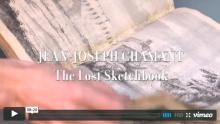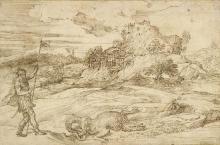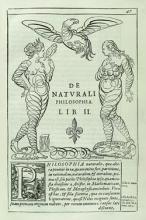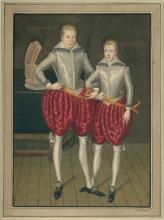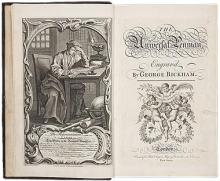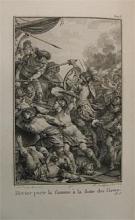Jean-Joseph Chamant: The Lost Sketchbook
Submitted by Thaw Conservati... on Thu, 06/19/2014 - 11:59amTake a peek inside a rare and fascinating 18th-century artist's sketchbook of theater designs, recently discovered at NYU's Villa La Pietra, in Florence, Italy.

